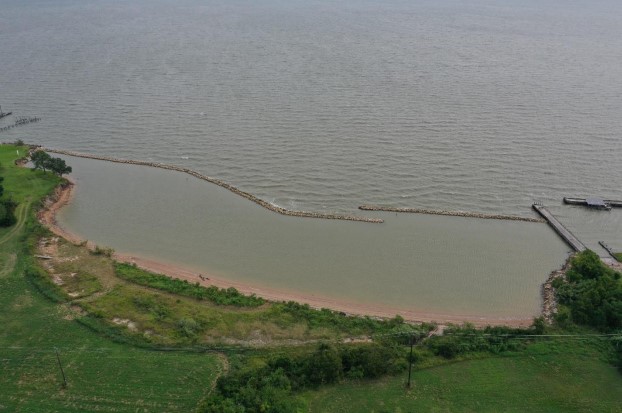Salt marsh restoration protects shorelines from storm surges and erosion, improves water quality, and provides critical nursery habitat and trophic support for commercially and recreationally important fishery species. Efforts to restore coastal wetlands in Galveston Bay have used various restoration techniques, including the installation of erosion-control structures such as sills or breakwaters to help reduce wave action and sediment erosion. This project looked at whether the presence of those erosion control structures influence species and productivity within shoreline marsh areas.
To answer that question, researchers from Texas A&M University at Galveston surveyed emergent marsh vegetation, epifauna, soil characteristics, and benthic microalgae in Galveston Bay marsh areas with and without erosion control structures. There were higher concentrations of benthic microalgae but also a lower number of snails at sites without erosion control structures. The results of the study indicate that erosion-control structures have stronger effects on benthic fauna and microalgae than on emergent vegetation. This also highlights a need for salt marsh restoration assessments to focus on more than emergent plant cover to get a complete picture of restoration success.
The full report is available on the Galveston Bay Estuary Program website.

